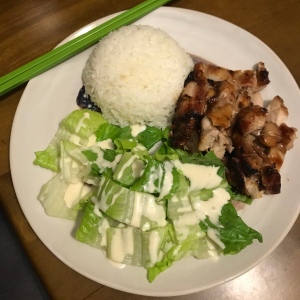
Seattle is blessed with its own signature style of teriyaki. You can find teriyaki restaurants in great abundance throughout the region. This style of teriyaki differs from true Japanese teriyaki in that it is made without apples, which are high in FODMAPs. That makes it easier to adapt to a low FODMAP diet.
Pair with fresh hot rice and salad for a complete meal. Teriyaki places usually serve salads with either a tangy poppyseed dressing or a mayo-sesame Japanese-style dressing (my favorite). Find recipes for both in my Asian salad dressing recipes.
Please keep an eye on your shoyu (soy sauce) intake. There are 3 teaspoons of soy sauce per thigh. Monash says that up to 2 tablespoons of soy sauce is tolerated by most.
Low FODMAP Seattle-Style Teriyaki Chicken
Makes 4 servings.
Ingredients
- 1 lb boneless skinless chicken thighs
- 1/3 cup shoyu (Japanese soy sauce)
- 3 tbsp cane sugar
- 2 tbsp mirin
- 1 tbsp garlic-infused olive oil
- 1 (1”) piece ginger, peeled and thinly sliced
- hot cooked jasmine rice or Japanese short grain rice for serving
- up to 2 cups chopped romaine lettuce
Instructions: Teriyaki Sauce
- Bring soy sauce, sugar and mirin to a boil in a small sauce pan over medium high heat, stirring to dissolve the sugar. Remove from heat and allow to cool completely.
Instructions: Marinade
- Prepare the marinade by combining 1/4 cup of above teriyaki sauce along with the garlic-infused olive oil and ginger in a blender and process until smooth, about 20 seconds. Reserve the remaining teriyaki sauce for serving.
- Add chicken and marinade to a covered dish and marinate 1-24hrs.
Instructions: Broil the Chicken
- Prepare oven for broiling by positioning the rack so the meat will be 4-6” from the heating element. (It can be further away – up to 8 inches – but you must increase the cooking time.) Broil ~10 minutes on one side only, so that a nice char develops and the chicken is at least 165F throughout.
- Remove the chicken to a cutting board. Cut into 1″ strips.
- Serve on a plate with hot white rice and a salad. Pour reserved teriyaki sauce over the chicken OR serve it on the side.

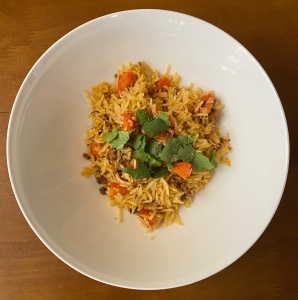
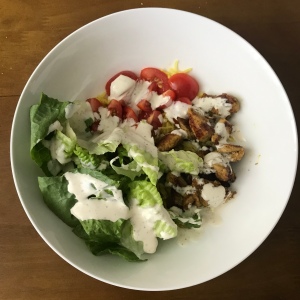

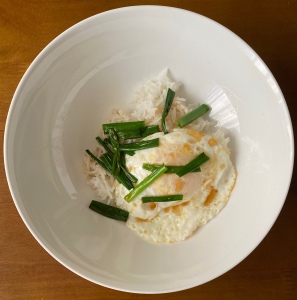
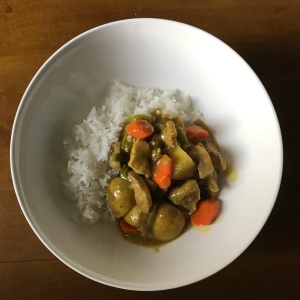

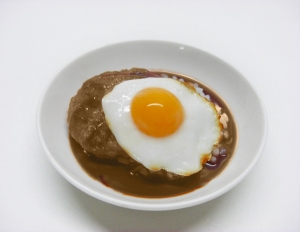
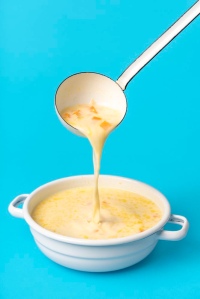

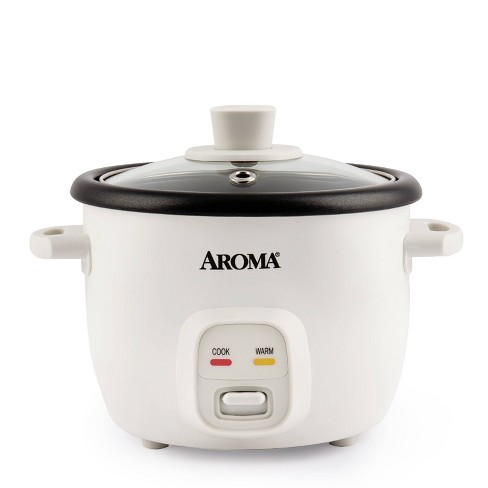

You must be logged in to post a comment.